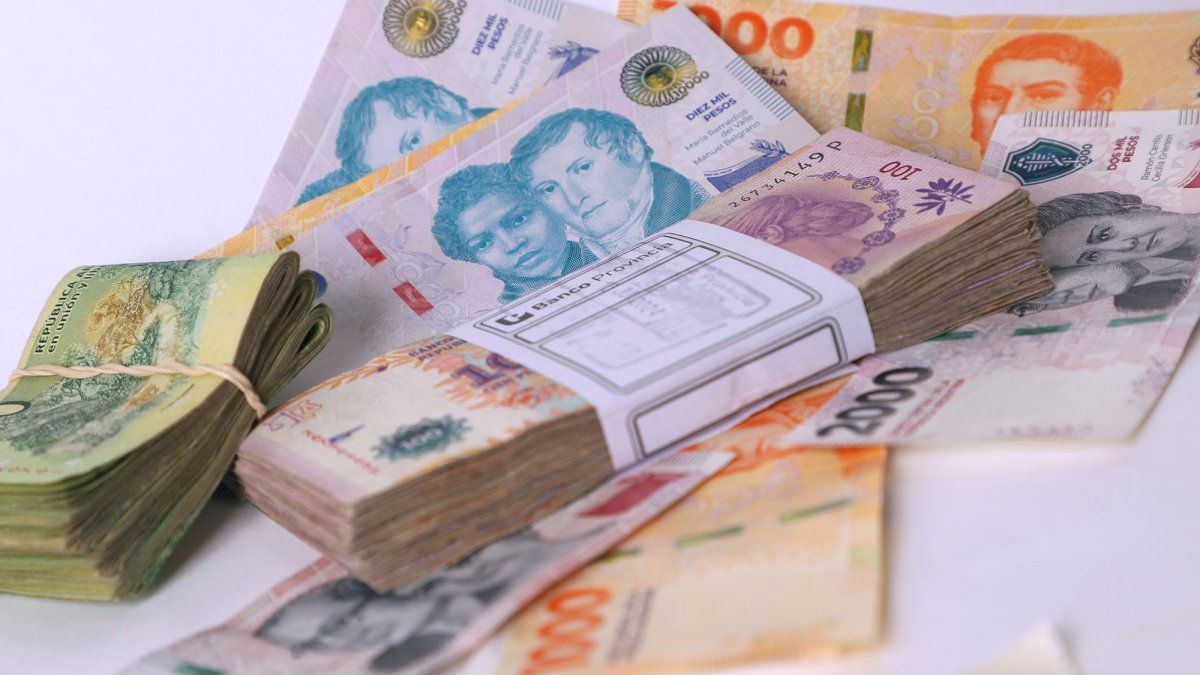Following successive rate cuts by the Central Bank (BCRA), the real return on time deposits improved from June onwards.
In the last two months The gap between the interest rate on fixed deposits and the inflation rate has narrowed considerably. The rebound of the credits to the private sector and the slowdown in price increases are the main factors that explain this dynamic.
The content you want to access is exclusive for subscribers.
At the moment The annual nominal monetary policy rate, which is the one that governs the Liquidity Fiscal Letters (Lefis), is 40%, equivalent to a 3.3% monthlyIt should be noted that this return is what banks obtain from the financing they provide to the Treasury, which is why it functions as a cap on the yields of fixed-term deposits.


Within this framework, among the 10 banks with the largest number of deposits, the highest rate is 37%, only offered by Banco Nación and Banco Macro. Likewise, these eight smaller financial institutions offer a higher annual return:
- Reba: 40%
- BICA Bank: 40%
- VOII Bank: 39.25%
- Meridian Bank: 39%
- CMF Bank: 38.25%
- BIBANK: 38%
- Regional Credit Financial Company: 38%
- Julio Bank: 37.25%
In parallel, Inflation has slowed in six of the last seven months. In July it reached 4%the lowest figure since January 2022. Therefore, the most conservative and less sophisticated savers perceive a noticeable reduction in the risk of leaving their money in demand deposits or fixed terms.
The increase in interest rates is also supported by the growth of private sector deposits. According to a survey conducted by First Capital Group, the Loans registered their third consecutive monthly real increase, with a 16.5% advance in Julymuch higher than the inflation of the period.
This expansion was driven mainly by personal loans and credit card transactions, although slight improvements have also been observed in mortgage loans. In this context, banks are faced with the challenge of need to attract deposits to maintain its liquidity.
In turn, the first data related to economic activity corresponding to July were encouraging, which favors a scenario of credit recovery.
It is worth remembering that with the transfer of remunerated liabilities from the Central Bank (BCRA) to the Treasury, the monetary base increased by $3.3 trillion. Most of this surplus went to bank reserves, which increased by $3 trillion, while private deposits grew by $2.4 trillion.
Source: Ambito




